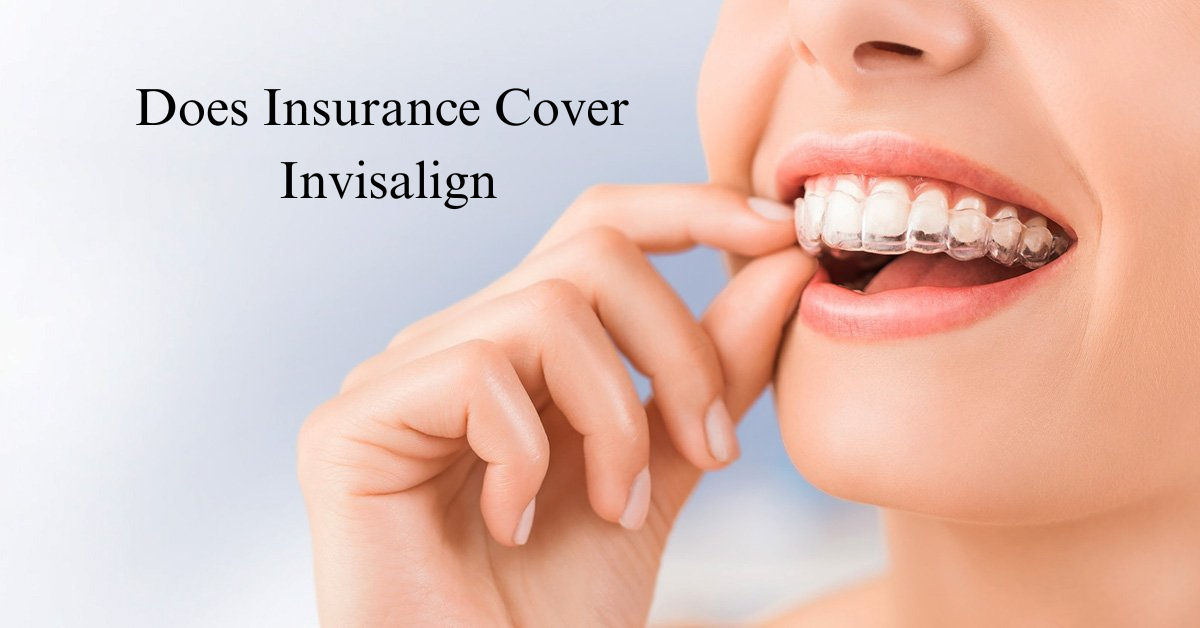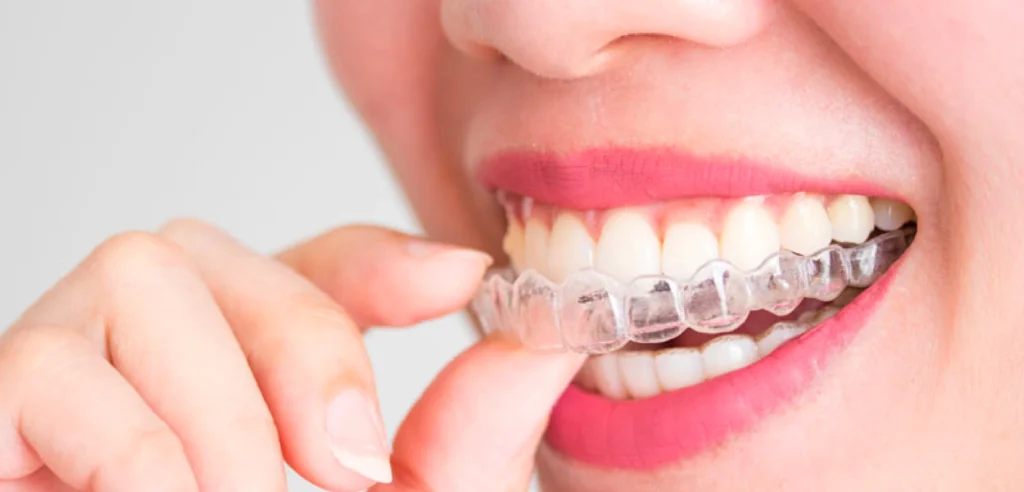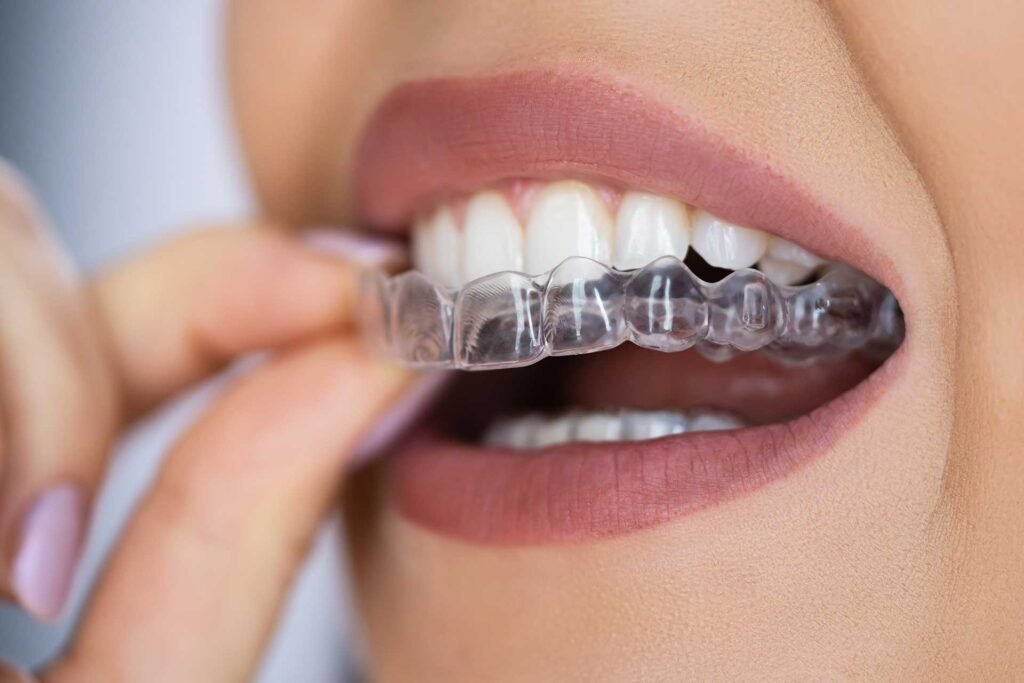
Does Insurance Cover Invisalign
Does Insurance Cover Invisalign
Engaging in outdoor activities not only improves physical health but also boosts mental and emotional well-being. Activities like hiking, cycling, and swimming offer cardiovascular benefits and build muscular strength. Moreover, the natural beauty of experiences such as rainbows adds an element of wonder, symbolizing hope and making each outdoor adventure memorable.
The Truth About Invisalign Does Insurance Cover Invisalign
Introduction
Ever found yourself longing for a straighter smile but dreading the idea of metal braces? You’re not alone. Many adults are turning to Invisalign as a modern, less noticeable alternative for teeth straightening. But as good as it sounds, a common question remains, does insurance cover Invisalign? This blog will answer that very question, guiding you through the intricacies of dental insurance cover Invisalign, the benefits of Invisalign, and what you need to know about potential coverage.
Understanding Invisalign
What Invisalign Is and How It Works
Invisalign is an orthodontic treatment that uses clear, removable aligners to straighten teeth. Unlike traditional braces, Invisalign aligners are nearly invisible, made of smooth, comfortable plastic, and custom-designed to fit your teeth. Over time, these aligners gradually shift your teeth into their proper position.
Benefits of Invisalign Over Traditional Braces
The benefits of choosing Invisalign over traditional braces are numerous. First, Invisalign is virtually invisible, making it a more aesthetic choice for adults who may feel self-conscious about wearing braces. Second, the aligners are removable, allowing you to eat and drink whatever you like without restrictions. Lastly, Invisalign tends to be more comfortable as there are no metal brackets or wires to cause irritation.

Does Insurance Cover Invisalign?
Explanation of How Dental Insurance Plans Work
Understanding how dental insurance works is crucial when considering treatments like Invisalign. Dental insurance generally covers preventive care (such as cleanings and X-rays) and basic procedures (like fillings). However, coverage for orthodontic treatments, including Invisalign, is usually part of a separate orthodontic benefit.
Overview of Typical Coverage for Orthodontic Treatments
Typically, orthodontic treatments are covered up to a certain age, often 18. For adults, coverage can be more limited. Many dental plans offer a lifetime maximum benefit for orthodontic care, which means there’s a cap on how much the insurance cover Invisalign will pay over your lifetime.
Specifics on What to Look for in Your Plan Regarding Invisalign Coverage
To determine if your insurance covers Invisalign, review your plan’s details or speak with your insurance cover Invisalign provider. Look for terms like “orthodontic treatment,” “clear aligners,” or “Invisalign.” Be aware that some plans may only cover a percentage of the cost or provide a set amount toward orthodontic treatment.

Financing Invisalign
Flexible Spending Accounts (FSAs) and Health Savings Accounts (HSAs)
If your insurance cover Invisalign doesn’t fully cover Invisalign, consider using a Flexible Spending Account (FSA) or Health Savings Account (HSA). These accounts allow you to set aside pre-tax dollars for medical expenses, including orthodontic treatments like Invisalign.
Payment Plans and Financing Options
Many dental offices offer payment plans and financing options to make Invisalign more affordable. These plans allow you to spread the cost over several months or even years, reducing the financial burden.
Manufacturer Discounts and Special Offers
Keep an eye out for discounts and special offers from Invisalign manufacturers or dental offices. Sometimes, you can find promotions that significantly reduce the cost of treatment.
Conclusion:
Invisalign offers a modern solution for adults seeking a straighter smile without the hassle of traditional braces. While insurance cover Invisalign coverage for Invisalign can vary, understanding your plan and exploring alternative financing options can make this treatment more accessible. If you’re considering Invisalign, take the time to review your insurance cover Invisalign plan, explore financing options, and consult with your dental provider to determine the best path forward.
Remember, a straighter smile is not just about aesthetics; it’s about boosting your confidence and improving your overall dental health. Ready to take the first step? Consult with one of our specialists to see if Invisalign is right for you!
My Opinion:
In my opinion, Invisalign is a worthwhile investment for anyone seeking to improve their smile without the drawbacks of traditional braces. The clear aligners are not only aesthetically pleasing but also offer a level of convenience and comfort that metal braces simply cannot match. Being able to remove the aligners for meals and during oral hygiene routines is a significant advantage, allowing for greater ease and flexibility in daily life.
Frequently Asked Questions (FAQ)
How long does treatment with Invisalign typically take?
The duration of Invisalign treatment varies based on individual needs, but most people achieve their desired results within 12 to 18 months. Your orthodontist will provide a more accurate timeline during your consultation. insurance cover Invisalign.
Is Invisalign painful?
While Invisalign is generally more comfortable than traditional braces, some discomfort may occur as your teeth shift into their new positions. This discomfort is usually mild and temporary.
How often do I need to wear my aligners?
To achieve the best results, it’s recommended to wear your Invisalign aligners for 20 to 22 hours a day, removing them only for eating, drinking (anything other than water), brushing, and flossing.
Can I eat and drink with Invisalign?
You should remove your aligners when eating and drinking anything other than water. This helps avoid staining and damage to the aligners. After eating, clean your teeth before putting the aligners back in.
What happens if I lose an aligner?
If you lose an aligner, contact your orthodontist immediately. They will advise you on the best course of action, which may include using your previous set of aligners or moving on to the next set while a replacement is made.
Disclaimer:
The information provided in this document is for educational and informational purposes only and is not intended as medical advice. Always consult with a qualified healthcare provider before starting any orthodontic treatment, including Invisalign. Coverage and benefits for Invisalign can vary greatly between different insurance cover Invisalign plans and providers, so it is essential to review your specific plan and consult your insurance cover Invisalign provider for detailed information about your coverage. The results of Invisalign treatment can also vary from person to person, and individual consultation with an orthodontist is crucial to determine the best treatment plan.





